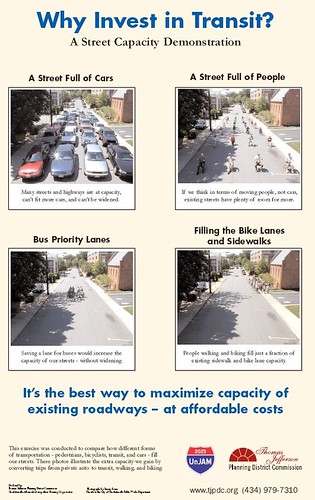A more robust framework for Complete Places planning
My posting yesterday was a bit disjoint, plus Notions Capitol sent me a link to images of the combined recreation center and library in Deanwood. My response is that a single example is happenstance, that we need an integrated and comprehensive set of policies that make such facilities a standard practice.
Earlier this morning I was reflecting on the gaps in the previous entry and what the comprehensive framework for a Complete Places policy should look like.
1. A recognition that maintaining, improving, and extending quality of life/placemaking/livability/urban design should be the primary goal of planning and zoning practice and overall municipal policy. (Resources: Urban Design Compendium, Project for Public Spaces, International Making Cities Livable, David Engwicht, Nashville Community Character Manual, Jan Gehl, Placemaking Chicago)
2. Achieved by focusing on creating, maintaining, and extending an interconnected public realm. (Resources: David Barth)
3. Coordination of public and private investment, facilities planning, land disposition, and capital improvements with the goal of creating, maintaining, and extending an interconnected public realm.
4. Built on a foundation of the achievement of optimal mobility. (Resources: David Engwicht--the father of transportation demand management and traffic calming, Jan Gehl, Arlington County Master Transportation Plan, Seattle Urban Mobility Policy)

5. Complete Street policies (Resources: Complete Streets, Context Sensitive Solutions, Smart Transportation Guidebook) + Multi-Modal Level of Service measurements
6. Focused primary on extant places rather than greenfield development*. The State of Maryland's system of designating "Priority Funding Areas":
The 1997 Priority Funding Areas Act capitalizes on the influence of State expenditures on economic growth and development. This legislation directs State spending to Priority Funding Areas. Priority Funding Areas are existing communities and places where local governments want State investment to support future growth.
is a good example of how to do this. (* Focusing on greenfield development is the biggest problem with the translation of the ideas of New Urbanism into practice.)
7. With the support of the development of plans that include specific plans and consensus priorities for neighborhoods and communities, with a coordination of public and private investment decisionmaking, including design review (Resources: Local Government Commission publications on community planning, Asset Based Community Development Institute, Temali's Community Economic Development Handbook)
Labels: smart growth vs. smarter sprawl, urban design/placemaking, urban revitalization



0 Comments:
Post a Comment
<< Home